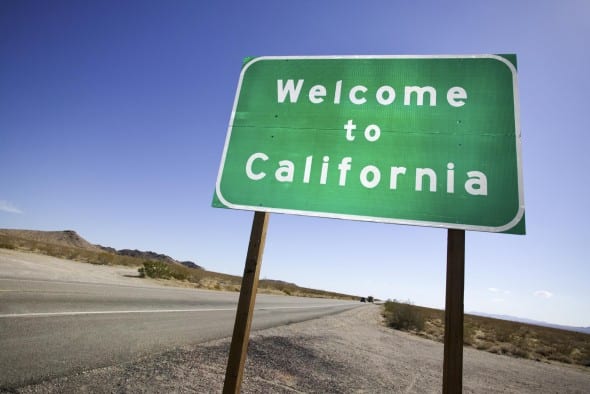When things get tight, it falls on the shift manager at the California Independent System Operator (CAISO) control room to decide what needs to be done. S/he usually does not have the luxury to consult with anyone, nor needs to seek anyone’s permission.
If the available supply is deemed to be insufficient to meet the demand, some load must be shed, instantaneously, to avoid a cascading blackout – the worst- case scenario that all grid operators are keen to avoid at all cost. And that is what essentially happened on August 14 and 15 in California.
Speaking at a Sept 16 webinar, Berkeley Professor Severin Borenstein, who also happens to be a member of the board of Governors of CAISO, explained how on a hot day on Aug 14 CAISO ordered the utility distribution companies (UDCs) to shed 500MW of load at 6:36 pm, followed by an additional 500MW ten minutes later (see table below).
This happened at a time when the demand on the CAISO network was around 45 GW. In other words, CAISO was short by 1,000 MW or roughly 2%.
By 7:56 pm, roughly an hour later, “Load decreased and resources were adequate to meet CAISO’s load and contingency reserve obligations” – at which point the UDCs were ordered to restore power to all customers.
On the following day, Saturday Aug 15, 470MW was shed at 6:25 pm with the contingency over by 6:47 pm – lasting a mere 22 minutes. This time, the load shed was roughly 1% of demand on the network.

But why was there a shortage of supplies in the first place?
While the details are still under investigation, preliminary data from CAISO suggests that the culprits were not variable renewables but the sudden loss of 475MW of generation at a supposedly dependable fossil fuel plant that got CAISO into an unexpected bind.
On 15 Aug, human error was apparently the cause of the shortage – an operator erroneously reduced output by 400 MW rather than increasing it. In neither case can renewables be blamed for shortages based on what is presently known.
Borenstein points out that the episode, while serious, could have been far worse. Moreover, as the climate gets warmer and summers get drier and longer, CAISO will face tight supplies in the future. The list of solutions, immediate and longer-term, include the usual suspects.

Most important, is what is at stake. Had CAISO experienced a widespread blackout, the repercussions would have been severe and not just for California but the future of renewables worldwide.
The California power shortages of 2000-01 derailed plans to introduce retail competition across the US. A similar, or worse, could happen to renewables if the lights go out again.
Fereidoon P. Sioshansi, PHD, is Editor & publisher, EEnergy Informer, and president, Menlo Energy Economics










